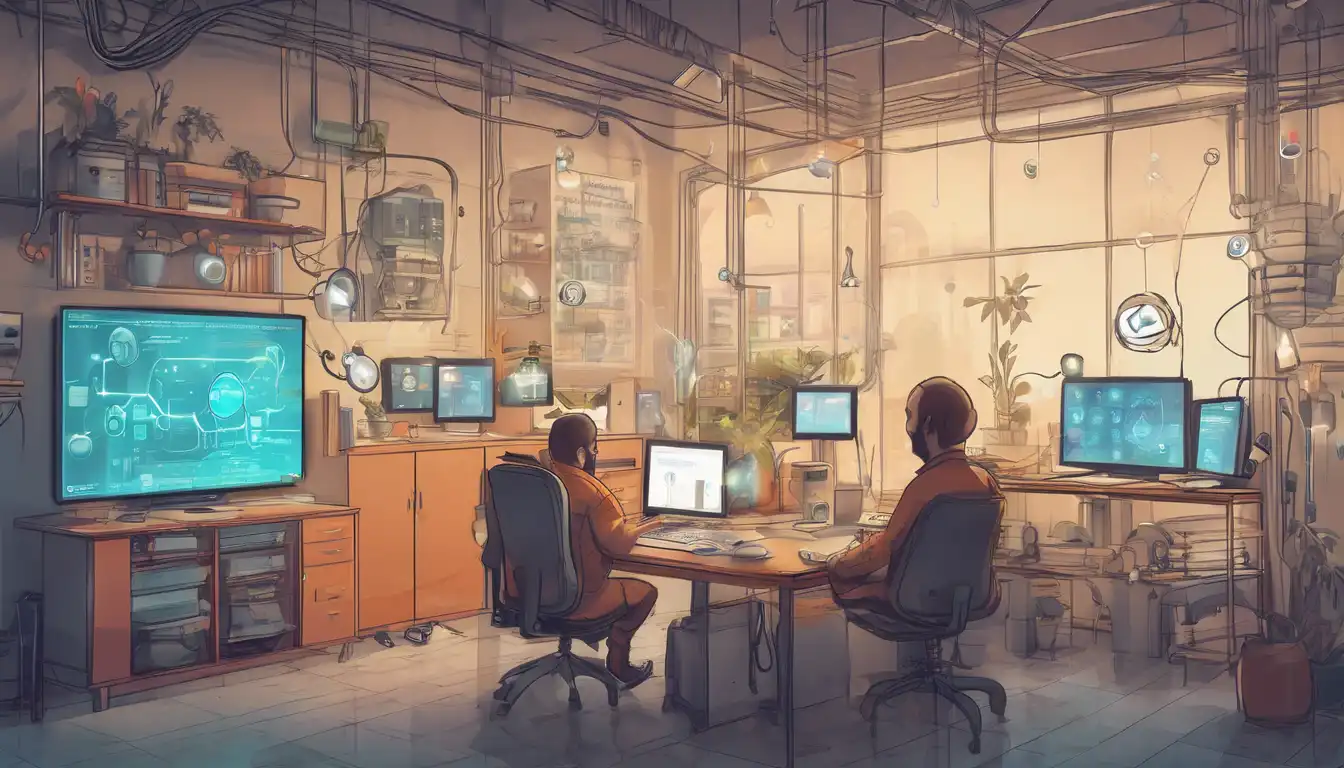Introduction to IoT Development
The Internet of Things (IoT) is revolutionizing how we interact with the world around us. From smart homes to industrial automation, IoT development is at the heart of this transformation. This guide is designed to help beginners take their first steps into the world of IoT development, offering insights into the tools, technologies, and best practices needed to start building connected devices.
Understanding IoT and Its Components
IoT refers to the network of physical devices connected to the internet, collecting and sharing data. At its core, IoT development involves creating applications that allow these devices to communicate with each other and with users. Key components include sensors, connectivity, data processing, and user interfaces.
Sensors and Actuators
Sensors collect data from the environment, such as temperature or motion, while actuators perform actions based on that data, like turning on a light or adjusting a thermostat.
Connectivity
Connectivity options for IoT devices include Wi-Fi, Bluetooth, Zigbee, and cellular networks, each with its own advantages depending on the application.
Data Processing
Data collected by IoT devices can be processed on the device itself (edge computing) or sent to the cloud for more complex analysis.
User Interfaces
User interfaces allow users to interact with IoT devices, often through mobile apps or web dashboards.
Getting Started with IoT Development
Starting with IoT development requires a basic understanding of programming, electronics, and networking. Here are some steps to begin your journey:
- Learn the Basics of Programming: Familiarize yourself with programming languages commonly used in IoT, such as Python, JavaScript, or C++.
- Experiment with Development Kits: Starter kits like Arduino or Raspberry Pi are great for beginners to get hands-on experience with IoT projects.
- Understand Networking Basics: Knowledge of how devices connect and communicate over the internet is crucial for IoT development.
- Explore IoT Platforms: Platforms like AWS IoT, Google Cloud IoT, and Microsoft Azure IoT offer tools and services to build and manage IoT applications.
Challenges in IoT Development
While IoT offers immense opportunities, developers face challenges such as security concerns, data privacy, and interoperability between devices. Addressing these challenges is essential for creating successful IoT solutions.
Conclusion
IoT development is an exciting field with the potential to transform industries and improve our daily lives. By starting with the basics and gradually building your skills, you can become part of this technological revolution. Remember, the key to success in IoT development is continuous learning and experimentation.
For more insights into technology and development, explore our technology category or check out our guide on programming for beginners.
